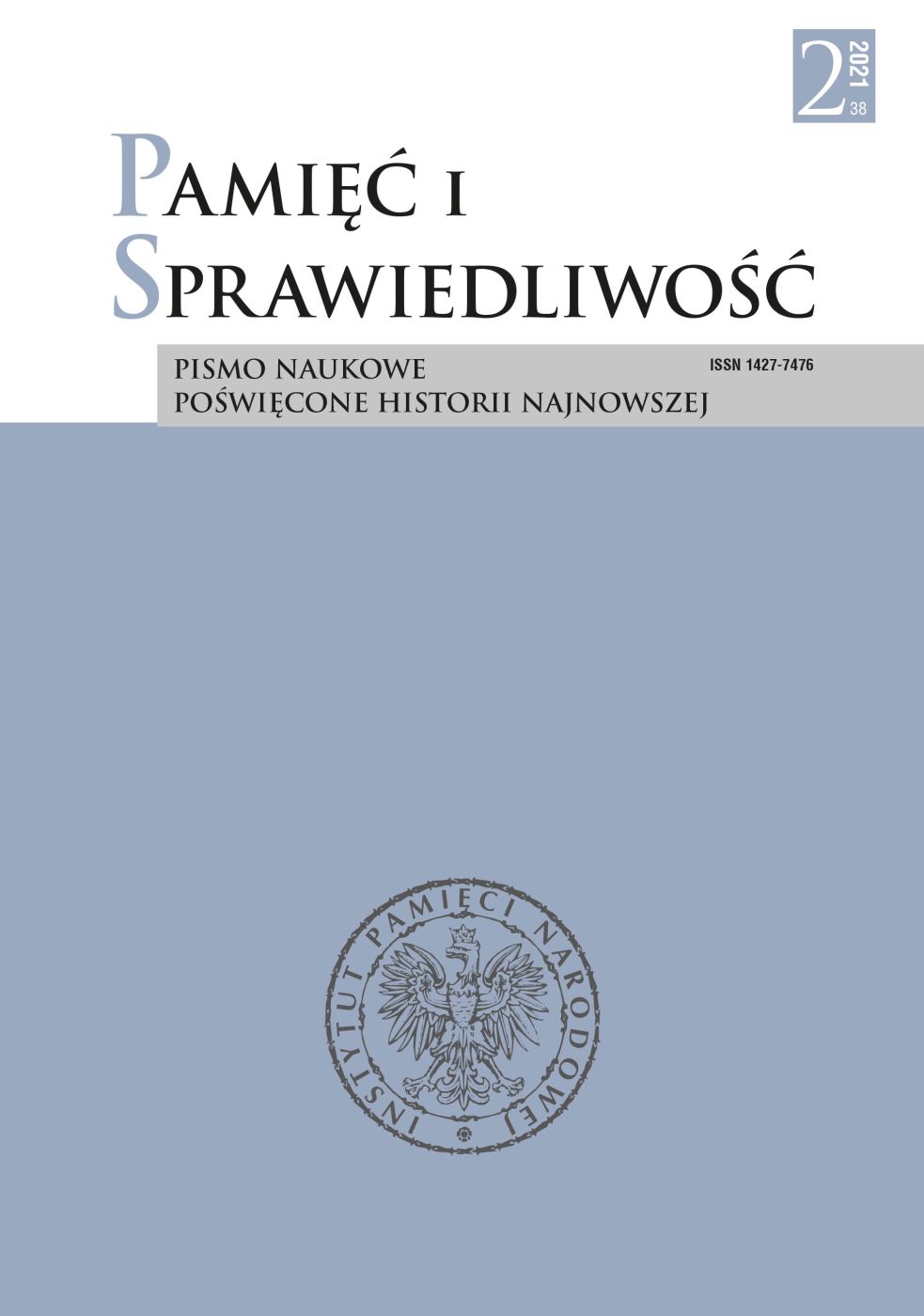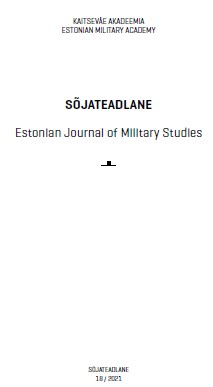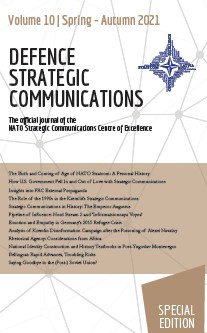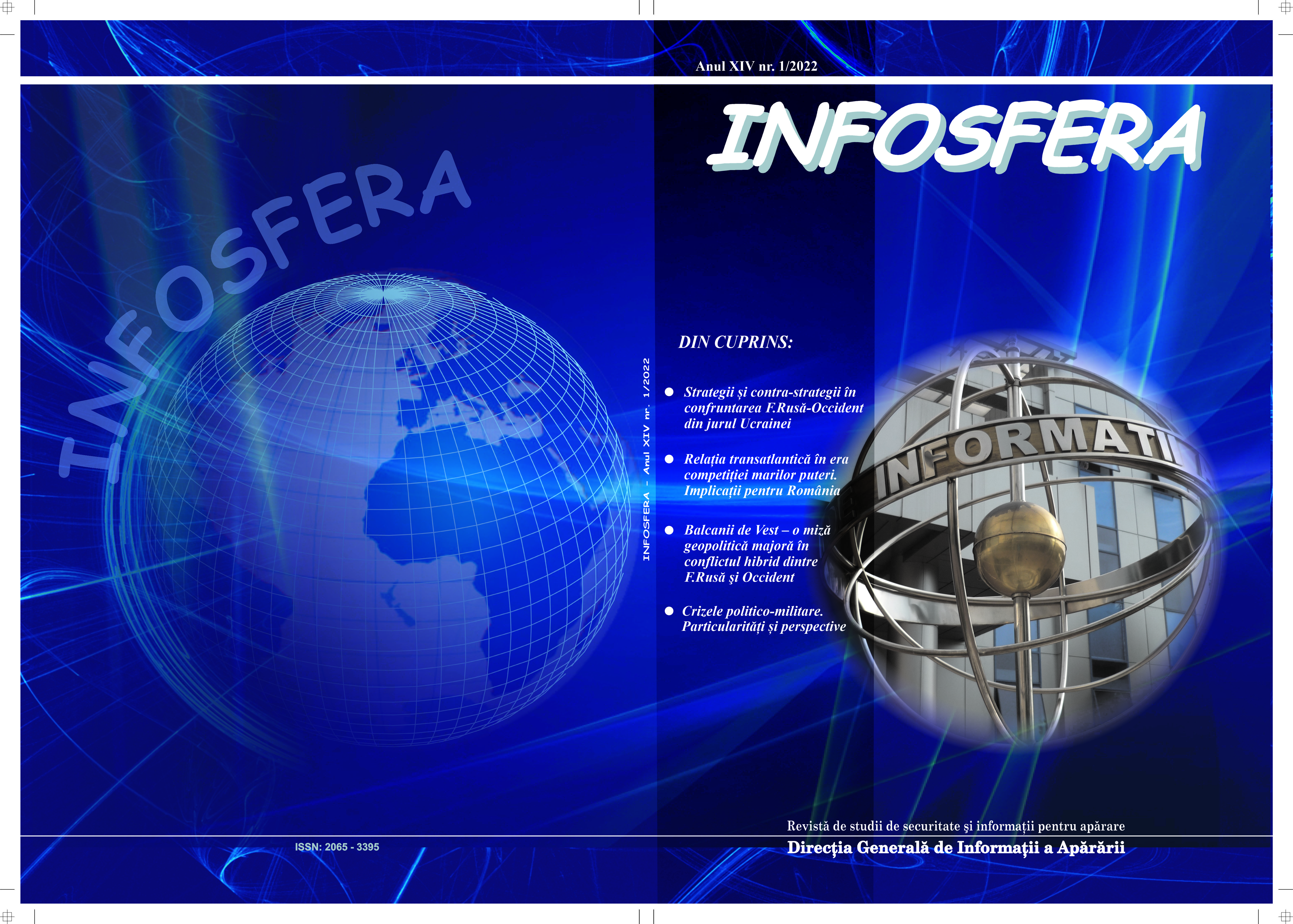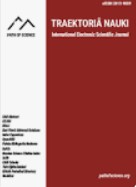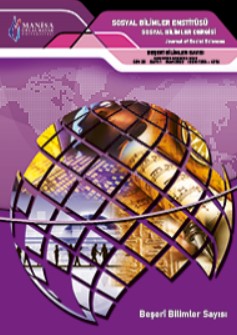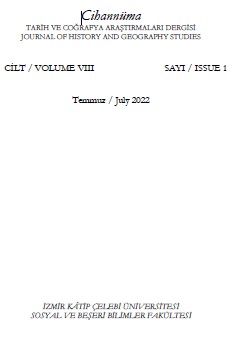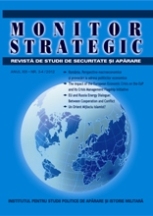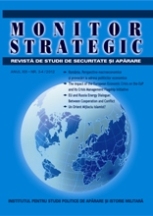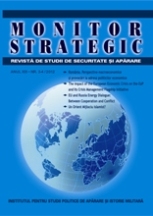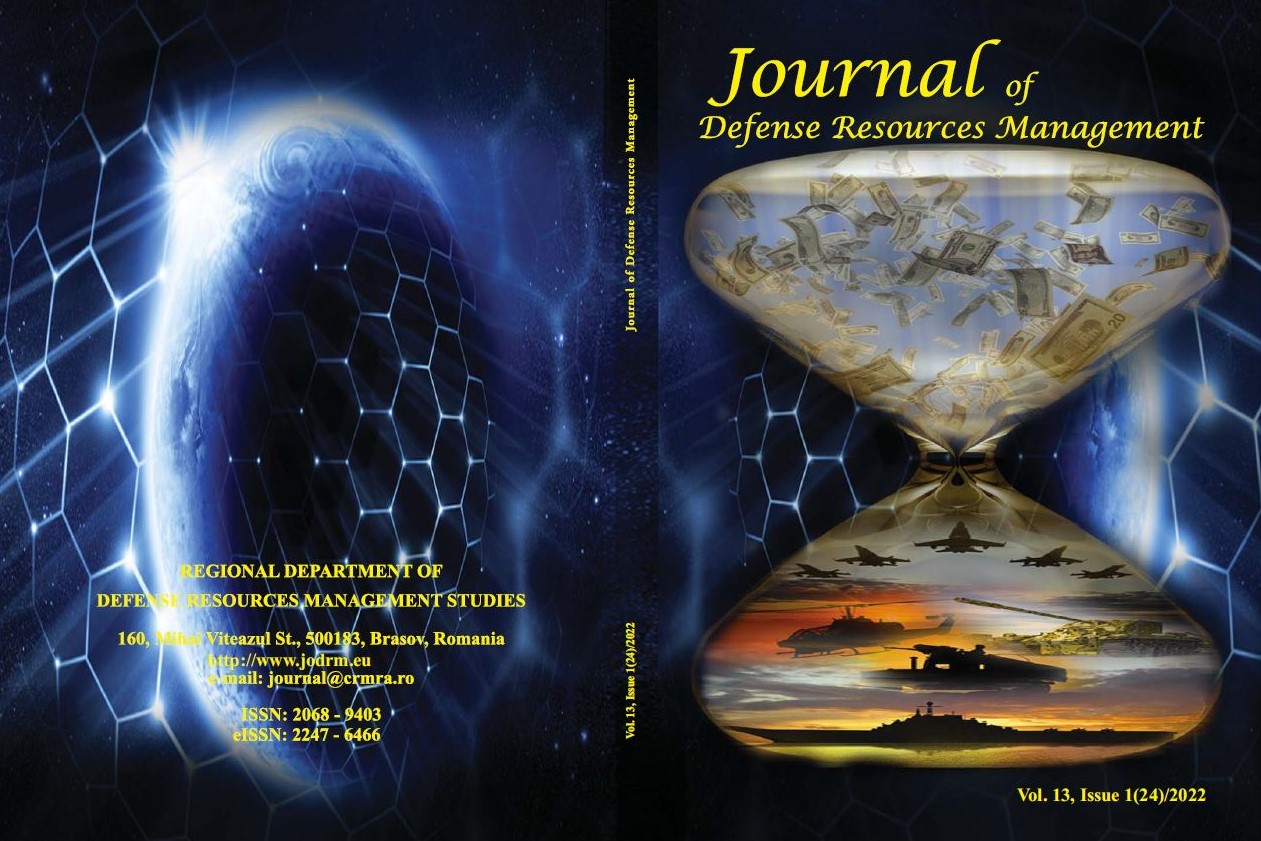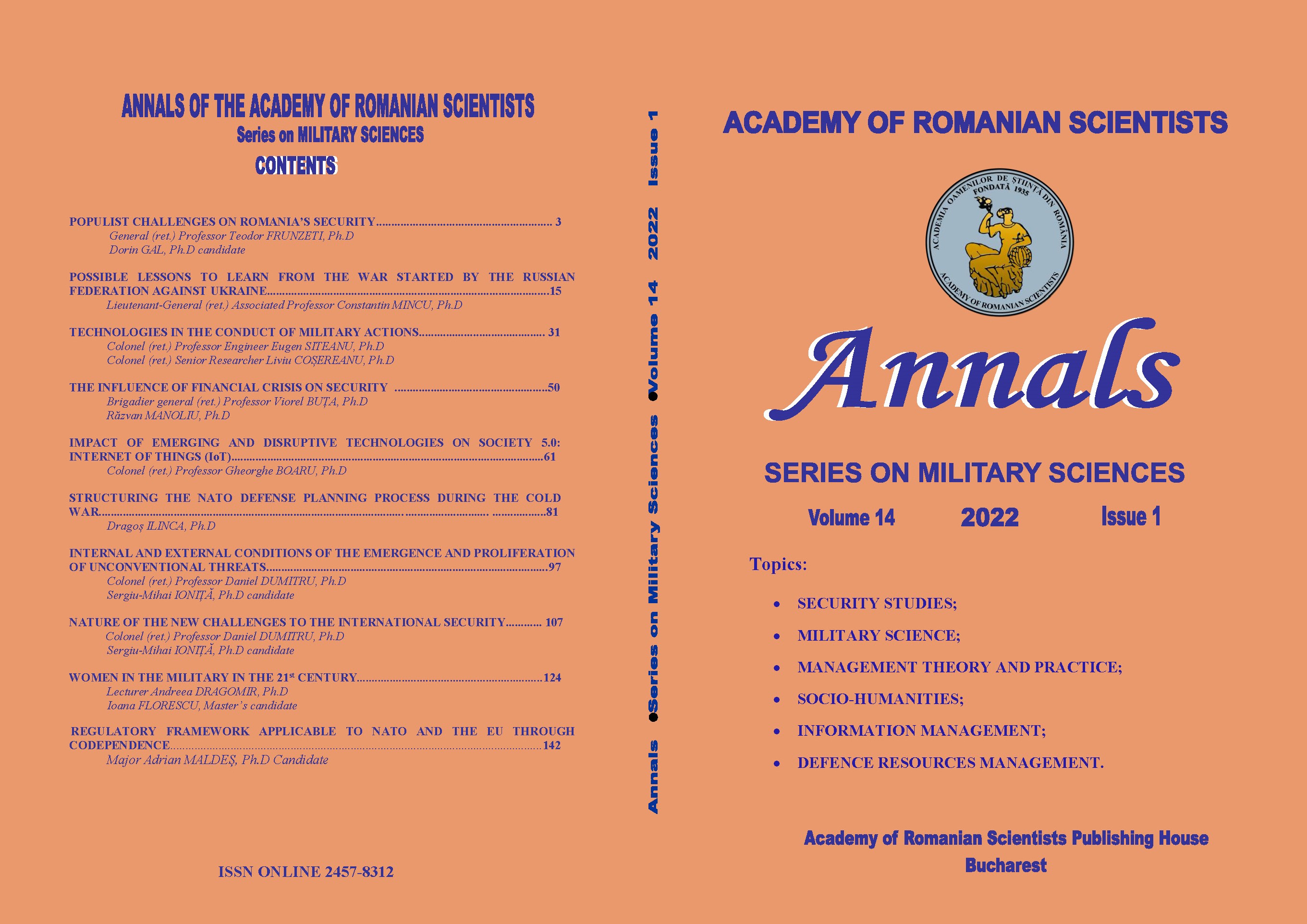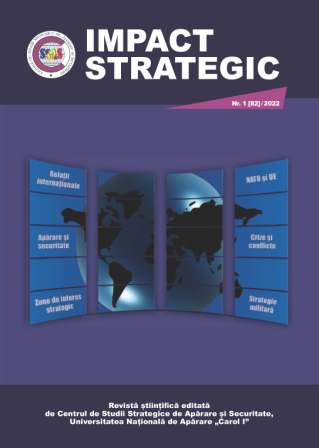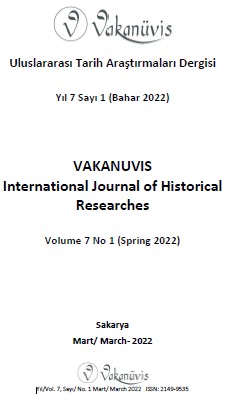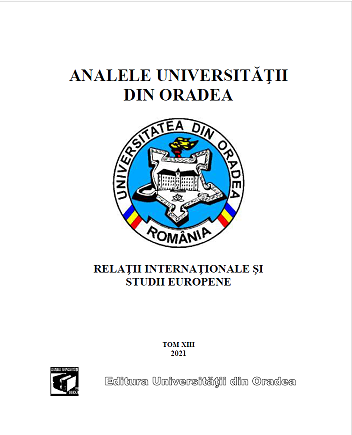
COMPRENDRE LE CONFLIT ACTUEL DE L’ITURI
Depuis plusieurs siècles, les groupes ethniques Hema et Lendu s’accusent réciproquement de volonté d’extermination. L’anneé 2020 a apporté un revirement de la violence à plusieurs niveaux. Subdivisé en trois sections, ce travail adopte principalement une approche descriptive, afin de pouvoir apporter une éclaircissement sur complexité de la problématique évoquée. À travers le temps, sur le soustrait ethnique conflictuel ont été déposées des éléments tout aussi explosifs qui ont généré le conflit interminable qu’on connait aujourd’hui.
More...
